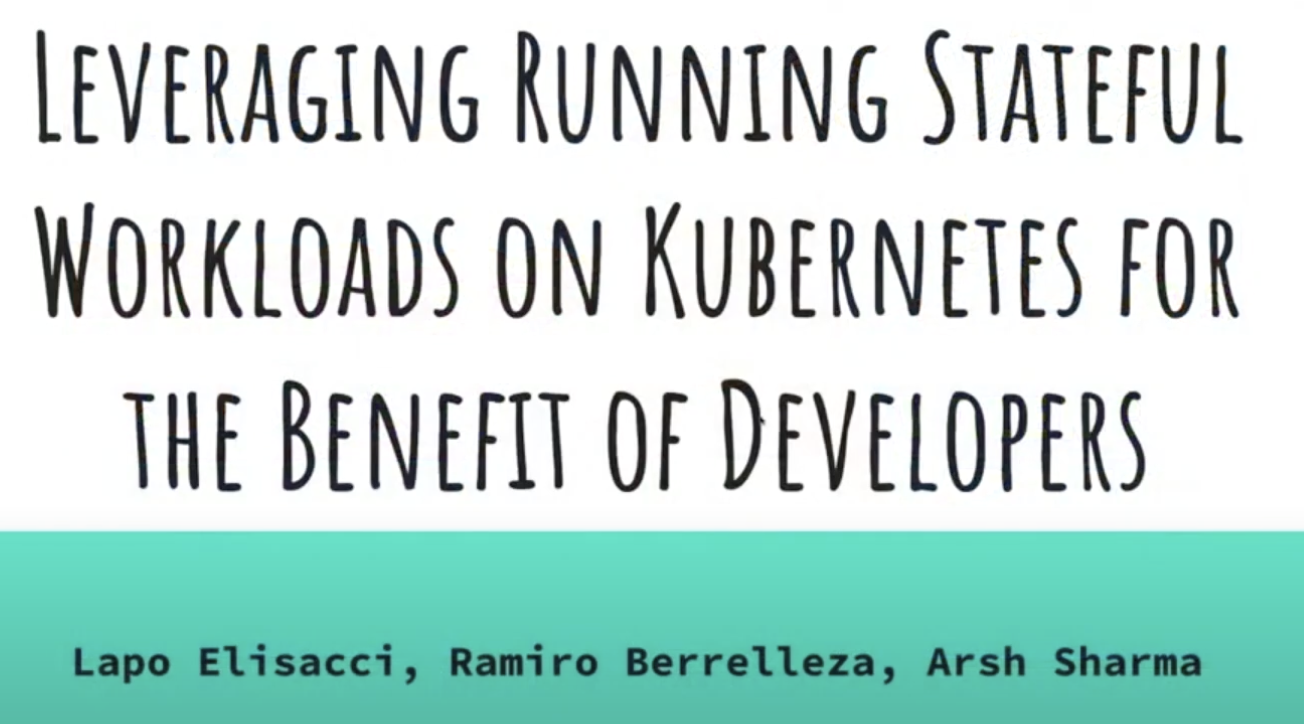Leveraging Running Stateful Workloads on Kubernetes for the Benefit of Developers
 Ramiro Berrelleza
Ramiro Berrelleza
Kubernetes comes with many valuable features like Volumes and StatefulSets, which make running stateful workloads simple. Interestingly, when combined with the right tools, these features can make Kubernetes very valuable for developers wanting to run massive production databases in development! This is precisely what was seen at "Extendi".
The developers at Extendi deal with a large amount of data in their production Kubernetes clusters. But when developing locally, they didn't have an easy way of replicating this data. This replication was needed because it allowed developers to test new features instantaneously without worrying if they would work as expected when pushed to production. But replicating a 100Gb+ production database for development wasn't turning out to be an easy task!
This is where leveraging Kubernetes + remote development environments came to the rescue. Running data on Kubernetes turned out to be way faster than any of the traditional approaches because of Kubernetes' ability to handle stateful workloads exceptionally well. And since Extendi already used Kubernetes in production - the setup process was fairly straightforward.
This talk by Lapo, Arsh, and I will cover practical steps on how leveraging Kubernetes-based development environments allowed dev teams at Extendi to run production data on Kubernetes during development using features like Volume Snapshots, which significantly impacts developer productivity.
Subscribe to my newsletter
Read articles from Ramiro Berrelleza directly inside your inbox. Subscribe to the newsletter, and don't miss out.
Written by

Ramiro Berrelleza
Ramiro Berrelleza
I’m the founder and CEO of Okteto, where we’re busy re-imagining the developer experience for cloud native applications. Before Okteto, I built enterprise chat products at Atlassian, application lifecycle management tools at Elasticbox (now part of Centurylink) and cloud services at Microsoft Azure.